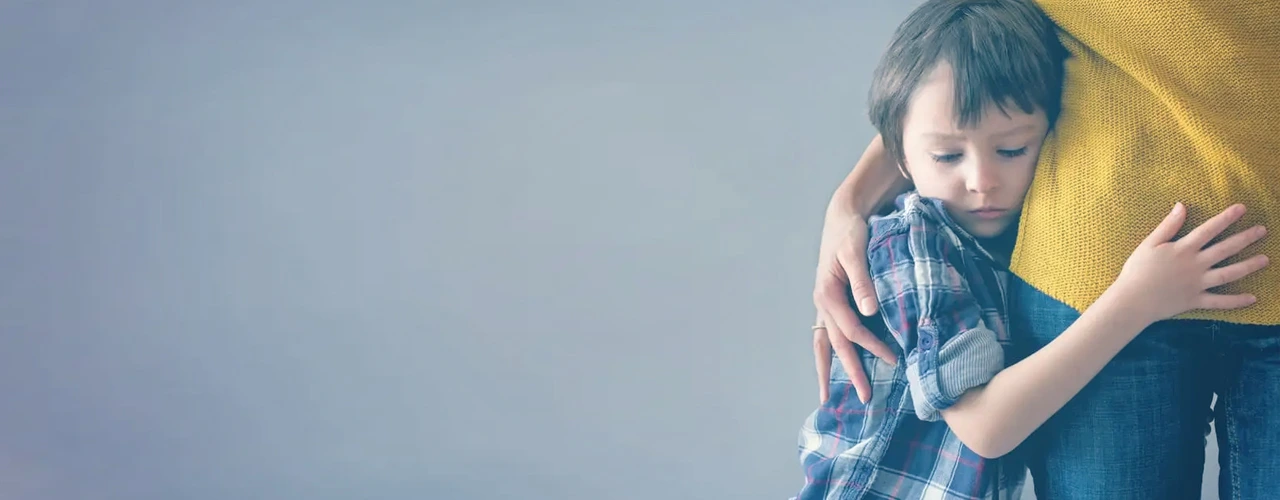Many people grow up believing their past is behind them—only to discover that childhood trauma can quietly shape how they think, feel, and relate to others well into adulthood. Whether it’s emotional neglect, abuse, witnessing conflict, or growing up in a chaotic environment, unresolved trauma can impact your mental and physical health.
But healing is possible. In this blog, we’ll explore how to heal from childhood trauma and offer gentle, step-by-step strategies to help you begin your journey toward emotional safety and wholeness.
What Is Childhood Trauma?
Childhood trauma refers to experiences during formative years that overwhelm a child’s ability to cope. These may include:
- Emotional, physical, or sexual abuse
- Neglect or abandonment
- Loss of a caregiver
- Witnessing domestic violence
- Growing up with a parent who struggles with addiction or mental illness
- Bullying or chronic instability at home
Even events that may seem “small” in hindsight can have lasting effects on a child’s developing brain and nervous system.
Signs You May Be Carrying Childhood Trauma
Some people block out or minimize painful experiences—but trauma often shows up in subtle or chronic ways. Here are signs that unresolved childhood trauma might still be affecting you:
- Chronic anxiety, depression, or emotional numbness
- Difficulty trusting others or setting boundaries
- Fear of abandonment or intense relationship patterns
- Self-sabotage, low self-worth, or perfectionism
- Dissociation or feeling disconnected from your body
- Trouble regulating emotions or frequent emotional outbursts
- Physical symptoms like fatigue, headaches, or digestive issues with no clear cause
These signs are not weaknesses—they’re survival responses from a nervous system that once felt unsafe.
The Impact of Unhealed Trauma
Left unaddressed, childhood trauma can ripple into every part of life:
- Relationships may feel unsafe or unstable
- Career decisions may be shaped by fear or self-doubt
- Self-esteem may be built on shame, criticism, or never feeling “good enough”
- Health issues such as insomnia, chronic pain, or autoimmune disorders can arise from long-term stress
- Emotional resilience may be weakened, making it hard to bounce back from setbacks
Trauma doesn’t just live in the mind—it lodges in the body. Healing it means addressing both.
The Healing Process: Step by Step
Here’s how to begin healing from childhood trauma—one intentional step at a time:
1.Acknowledge the Trauma
Naming what happened—and how it affected you—is often the first act of self-empowerment.
2. Seek Professional Support
Therapists trained in trauma (such as those offering EMDR, somatic therapy, or inner child work) can help you process painful memories in a safe and guided environment.
3. Learn About Trauma Responses
Understanding your triggers, emotional patterns, and coping strategies gives you clarity and self-compassion.
4. Practice Emotional Regulation
Grounding techniques, breathwork, or mindfulness help calm your nervous system in moments of distress.
5. Rebuild Safety and Trust
Healing involves slowly learning to feel safe in your body, in relationships, and in the world around you.
6. Redefine Your Inner Voice
Inner child work and affirmations can help you shift self-critical thoughts and build a nurturing internal dialogue.
Self-Care and Daily Practices
Healing from childhood trauma isn’t a one-time fix—it’s a process that benefits from small, daily acts of care:
- Create structure and routine to help stabilize your nervous system
- Journal or draw to express emotions that feel hard to say aloud
- Move your body through yoga, walking, or dance to release tension
- Use grounding tools like weighted blankets, soothing music, or warm baths
- Limit toxic input—from people, social media, or environments that mirror your trauma
- Celebrate small wins, like setting a boundary or noticing a trigger before reacting
These practices rebuild self-trust and show your mind and body that healing is not only possible—it’s happening. You can also check our guide on how to deal with trauma.
Final Thoughts
If you’ve ever wondered how to heal from childhood trauma, know that you’re not alone—and you’re not broken. Trauma may shape who you are, but it doesn’t have to define your future.
With the right support, self-awareness, and compassionate care, you can begin to reclaim your story and create the peace and safety you may have missed early in life.
If you’re ready to begin that journey, consider reaching out to a therapist or psychotherapy clinic near you that specializes in trauma recovery. Healing starts with one brave step.
Frequently asked questions
What are the most effective therapies for childhood trauma recovery?
Trauma-focused CBT, EMDR, play therapy, and somatic experiencing help children process emotions, reframe experiences, and build resilience by addressing both psychological and physiological trauma responses
How do self-care practices specifically aid in trauma healing?
Self-care reduces stress, regulates emotions, restores balance, and fosters safety. Practices like mindfulness, exercise, journaling, and adequate rest strengthen coping, promote self-compassion, and support long-term trauma recovery.
What are the long-term benefits after completing trauma therapy?
Trauma therapy builds emotional resilience, improves relationships, enhances self-esteem, reduces triggers, promotes healthier coping mechanisms, restores safety, and fosters personal growth, enabling individuals to live more fulfilling, balanced lives.

